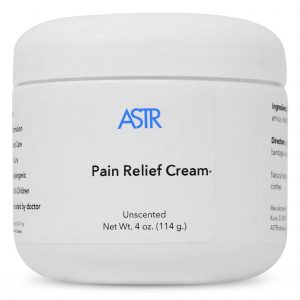Dry Needle: Uses, Outcome, Research Studies & Treatment
Dry Needle: Uses, Outcome, Research Studies & Treatment
What is dry needling?
Dry needling is a technique that requires the insertion of thin monofilament needles without the use of injectate (steroids and anesthetics) into the muscles, ligaments, tendons, subcutaneous fascia, and scar tissue.1 The technique is commonly used to treat these things stated above and also the body’s peripheral nerves and neurovascular bundles for the management of variety of neuromusculoskeletal pain syndromes.1
What does dry needling treat?
Dry needling can be used to treat a variety of musculoskeletal problems.3 This includes neck, back, and shoulder pain, tension headaches and migraines, and jaw pain. Also, it is often used to treat myofascial trigger points (MTrPs) which are localized hypersensitive spots in palpable taut band of muscle.2
Outcome of dry needling
Several studies have shown improvements in pain and/or disabilities are immediate or short-term by targeting trigger points (TrPs) using in-and-out techniques as in ‘sparrow pecking’ or ‘pistoning’.1 Although dry needling has been shown to immediately increase the pressure pain threshold (PPT) and range of motion, decrease muscle tone, and decrease pain with musculoskeletal conditions, there is a lacking of evidence that there is any long-term benefits.2 To date there in not any high-quality, long term trials that supporting in-and-out needling techniques at exclusively muscular TrPs exist.1
Effective Pain Treatment
ASTR treats muscle & joint pain in a gentle, effective, and natural way by addressing muscle imbalances, scar tissue, trigger points, fascia restrictions, inflammation, posture, body mechanics which are often the source of the pain. ASTR takes a holistic approach to address the root causes of pain, not just the symptoms. ASTR treatment can be done at home for muscle & joint pain.
References
- Dunning J, Butts R, Mourad F, Young I, Flannagan S, Perreault T. Dry needling: a literature review with implications for clinical practice guidelines. Physical Therapy Reviews. https://www.ncbi.nlm.nih.gov/pmc/articles/PMC4117383/. Published August 2014. Accessed June 14, 2017.
- Gattie E, Cleland JA, Snodgrass S. The Effectiveness of Trigger Point Dry Needling for Musculoskeletal Conditions by Physical Therapists: A Systematic Review and Meta-analysis. Journal of Orthopaedic & Sports Physical Therapy. 2017;47(3):133-149.
- Trigger Point Dry Needling. Release Physical Therapy. http://www.releasept.com/physical-therapy-services/dry-needle/. Accessed June 16, 2017.
More Effective Treatment Than Dry Needling

- Fast results
- Treatment takes about 5 min a day
- Easy to use medical tools
- Natural holistic approach
- Treat the root cause of the problem
- Invented by a doctor who had chronic pain
- Supported by over 45 studies
ASTR Exceptionally Different
Reviews collected from various websites
Heal Faster




